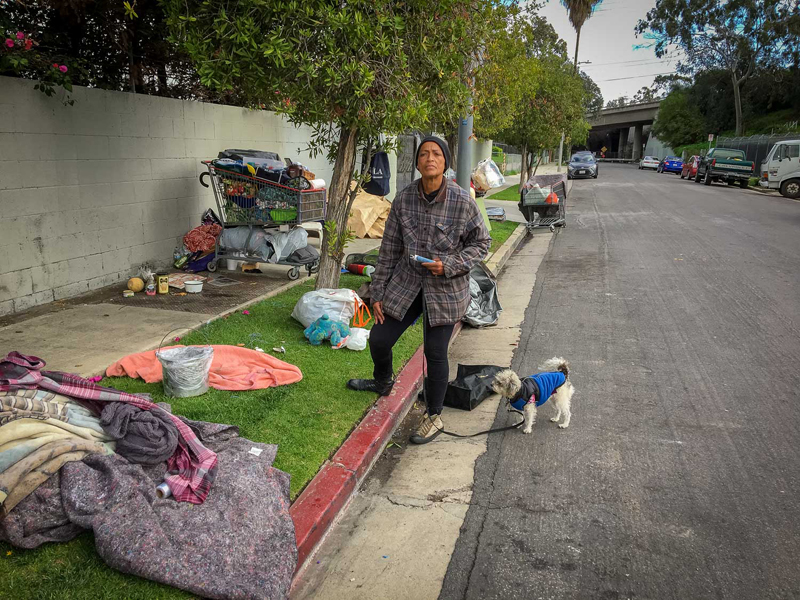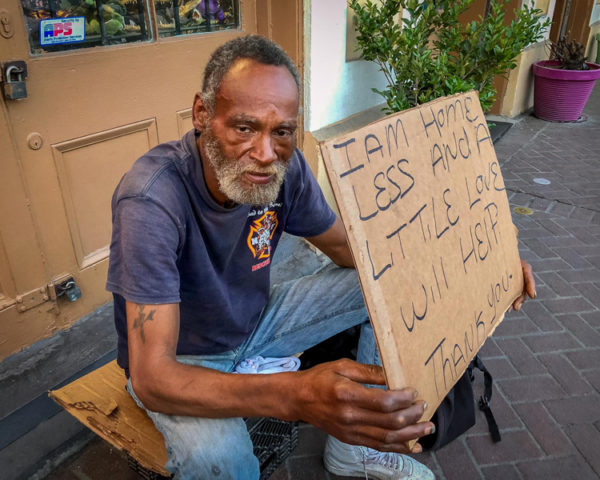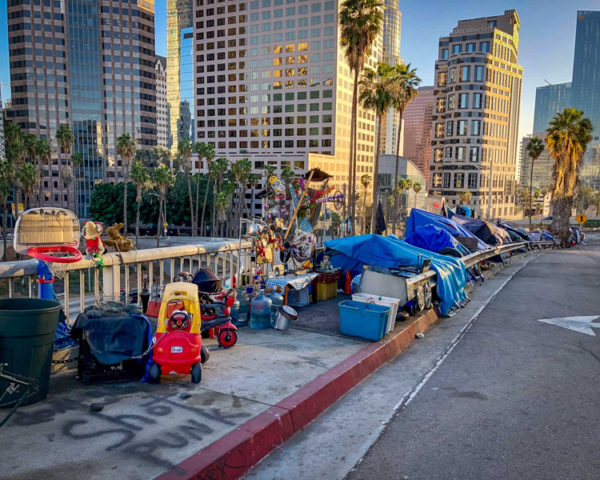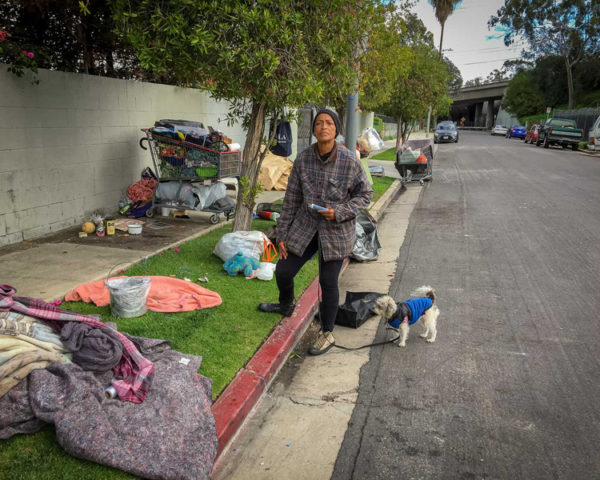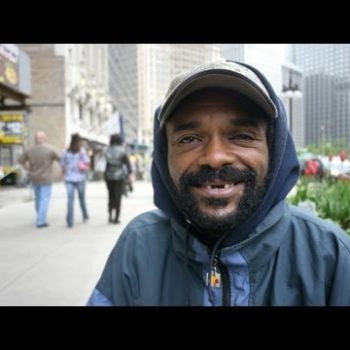While arresting homeless people can quickly remove them from public places, it is not the answer. Criminalizing homelessness is expensive and not an effective use of public resources. A study by the University of Denver on the costs of criminalization in Colorado estimated that six Colorado communities spent more than $5 million over the course of five years to enforce 14 anti-homeless ordinances.
Similarly, a report by the Yale University School of Law entitled “Forced into Breaking the Law” suggests that criminalization is “unnecessary, costly, and counterproductive.” A citizen in one public hearing cited in the report said it succinctly: “Handing out a $99 ticket to someone who has no money makes no sense.”
And yet community leaders and elected officials continue to advocate strategies that make it illegal to be homeless. This is often due to community members who don’t want homeless people near their businesses, homes, or places they frequent. One reason criminalization is chosen is leaders feel they don’t have many good alternatives. Despite this perception, however, various strategies exist that can begin to decriminalize homelessness and offer more long-term, constructive solutions.
Strategies to Decriminalize Homelessness
- Access to affordable housing. Communities can implement Housing First, Permanent Supportive Housing, and other strategies. This will increase access to affordable housing for people living on the streets and in the shelters.
- Outreach and engagement. A long-standing practice in many communities, street outreach can provide a first point of contact for many people to link them to housing and services.
- Partnerships between service providers, police, and businesses. Some communities have cross-sector partnerships that increase communication, collaboration, and understanding among law enforcement officials and businesses impacted by homelessness and social service providers.
- Supportive services. Case management, behavioral health care, and medical services can address many of the underlying issues homeless people face. Through these services, especially when paired with affordable housing, people can and do exit homelessness.
- Employment initiatives. Supported employment and other strategies can support people to get and keep jobs. This is often an essential component to being able to move into a place and stay housed over time.
- Alternative sentencing practices. Many communities have established programs like Homeless Courts to reduce long-term involvement in the criminal justice system. These communities also recognize criminalizing homelessness through fines and jail time do little to solve the problem. This is true for both the individuals and the community at large.
As community leaders begin to focus on these long-term solutions, rather than irrational, ineffective criminalization strategies, they can make a serious impact in reducing and ending homelessness in their cities. One major step in this direction is increasing public awareness about the realities of homelessness, causes, and viable solutions—including sharing reasons why criminalization doesn’t work. Learn how you can help.
The COVID-19 pandemic has also created unique issues around homelessness. According to the National Homelessness Law Center, some states have banned encampment sweeps, as well as vehicle ticketing and impoundment. The organization has also called on cities to reduce incarceration for laws related to homelessness.







